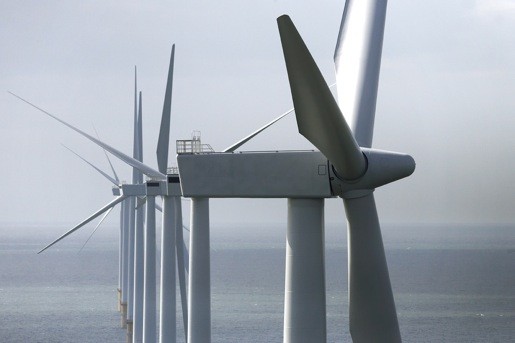U.S. Cities Increasing Use of Clean Energy Technologies Despite Lagging Economy
 October 18, 2011
October 18, 2011  Kyriaki (Sandy) Venetis
Kyriaki (Sandy) Venetis Despite current difficulties in the national economy, most cities surveyed in a new report by the U.S. Conference of Mayors, said that they have been expanding their clean energy technologies and would continue to grow them over the next five years.
 Image courtesy of Earth Infrastructure Ltd.
Image courtesy of Earth Infrastructure Ltd.
Cities in the Northeast and South are expecting some of the fastest growth, but nearly all of the 396 cities that participated in the survey are expecting to be “deploying more clean technology in five years than they do currently,” said the report.
The top three most promising choices for energy saving clean technologies by mayors were:
- LED/efficient lighting technologies. The substantial majority of cities (85 percent) already deploy LED lighting, with plans to increase their use in the future.
- Approximately 68 percent of cities reported using energy saving building technologies, such as solar technologies; energy-efficient appliances; and pumps.
- Hybrid vehicles were found by about 40 percent of the cities surveyed as a favorable way of saving energy and carbon emissions.
 EPA,
EPA,  community,
community,  global warming,
global warming,  politics,
politics,  renewable energy,
renewable energy,  wastewater management,
wastewater management,  water management | tagged
water management | tagged  Energy Star certified buildings,
Energy Star certified buildings,  Hybrid vehicles,
Hybrid vehicles,  L.A. streetlight fixtures with LED units,
L.A. streetlight fixtures with LED units,  LED traffic signals,
LED traffic signals,  LED/efficient lighting technologies,
LED/efficient lighting technologies,  Philadelphia 2011 GreenworksProgress Report,
Philadelphia 2011 GreenworksProgress Report,  city-owned solar project,
city-owned solar project,  clean energy technologies,
clean energy technologies,  energy-efficient appliances,
energy-efficient appliances,  solar power,
solar power,  wind turbines
wind turbines 


